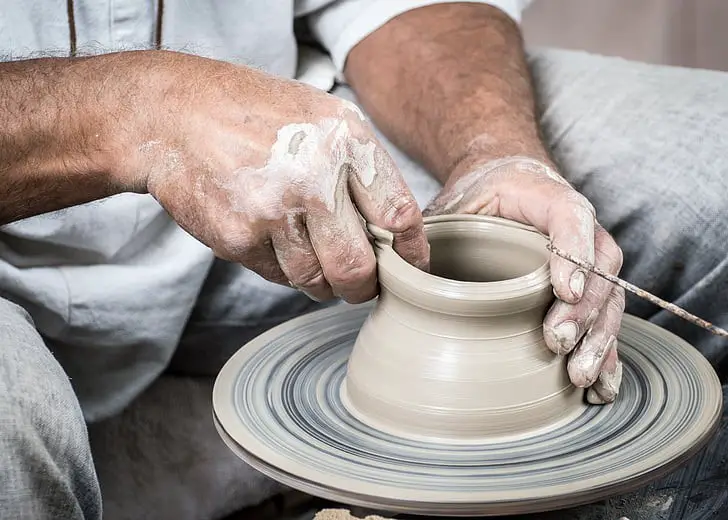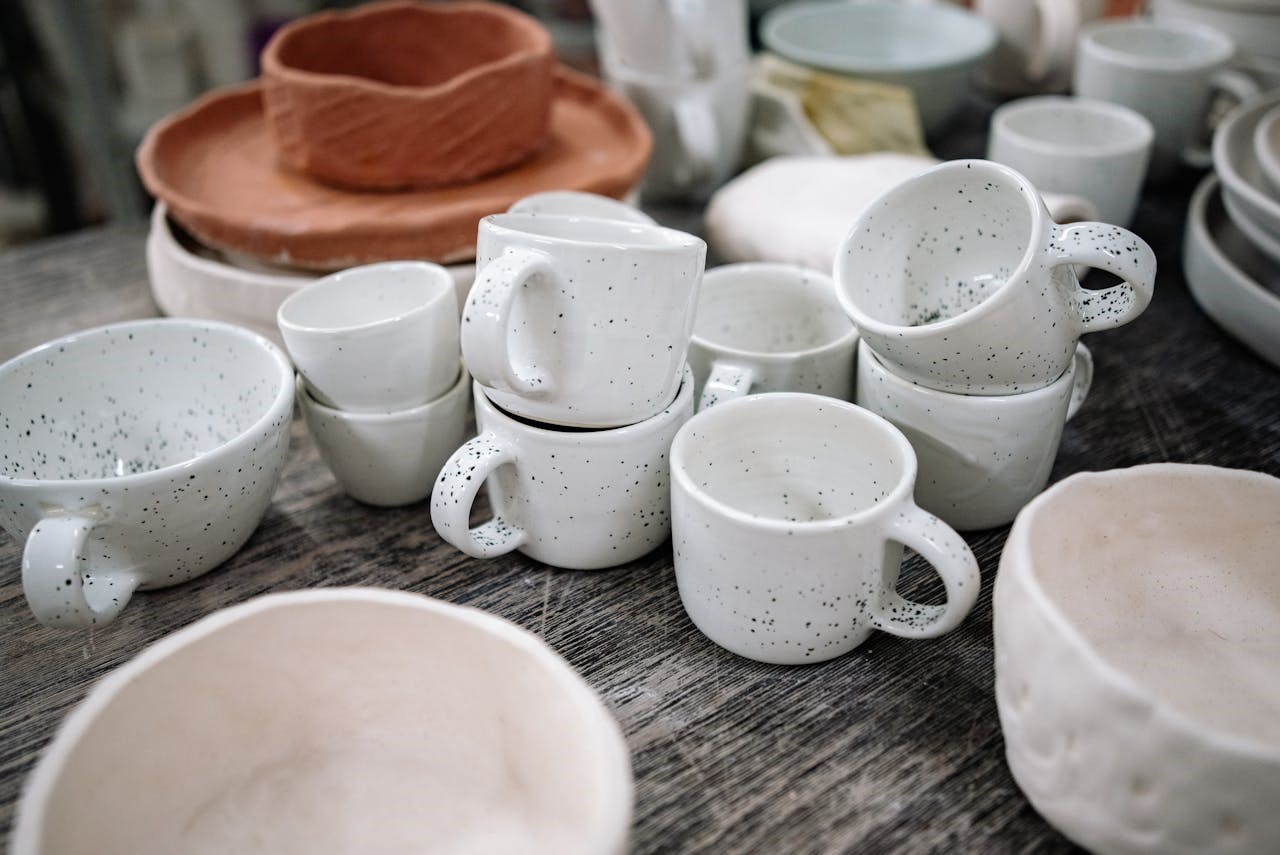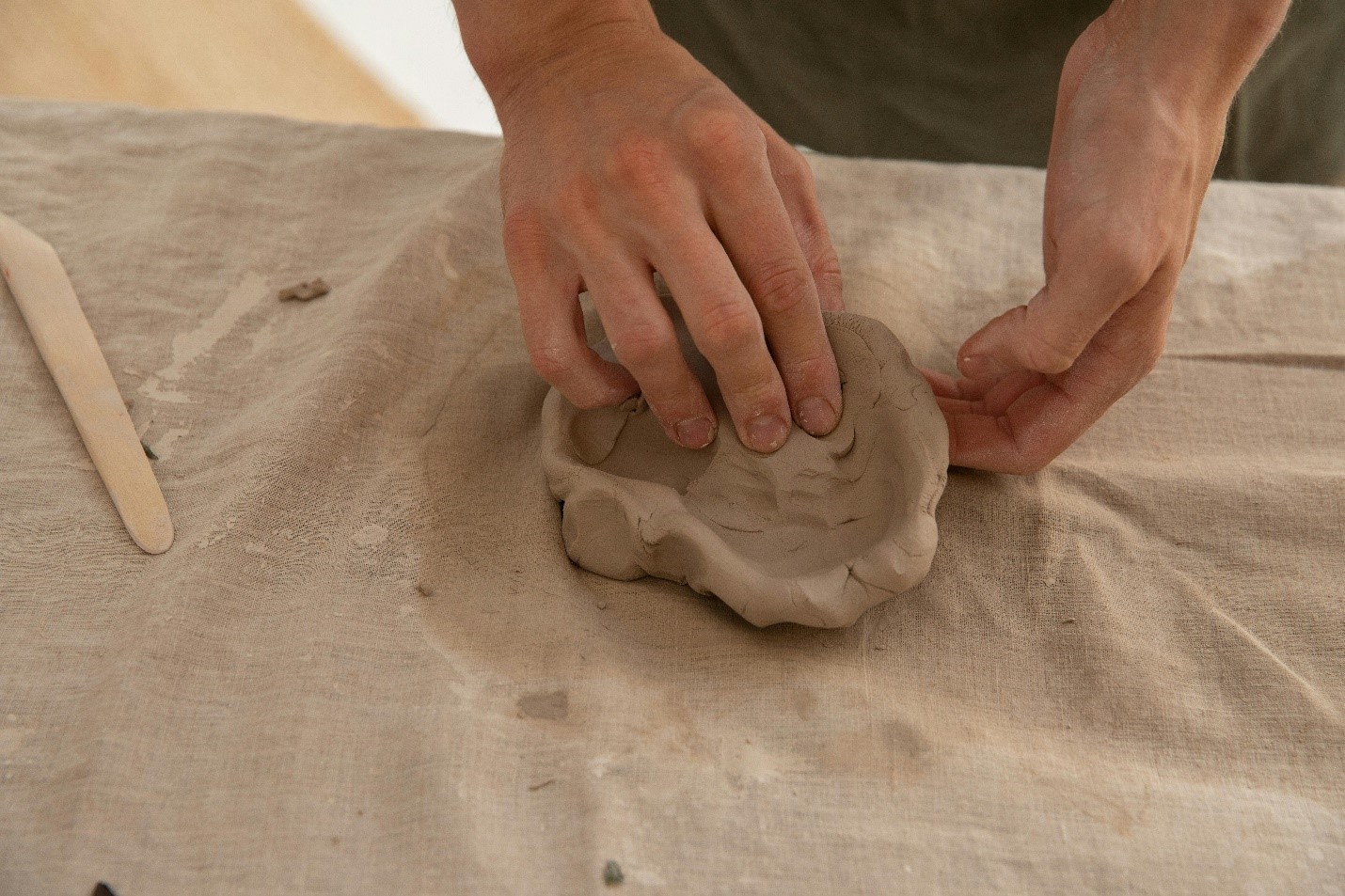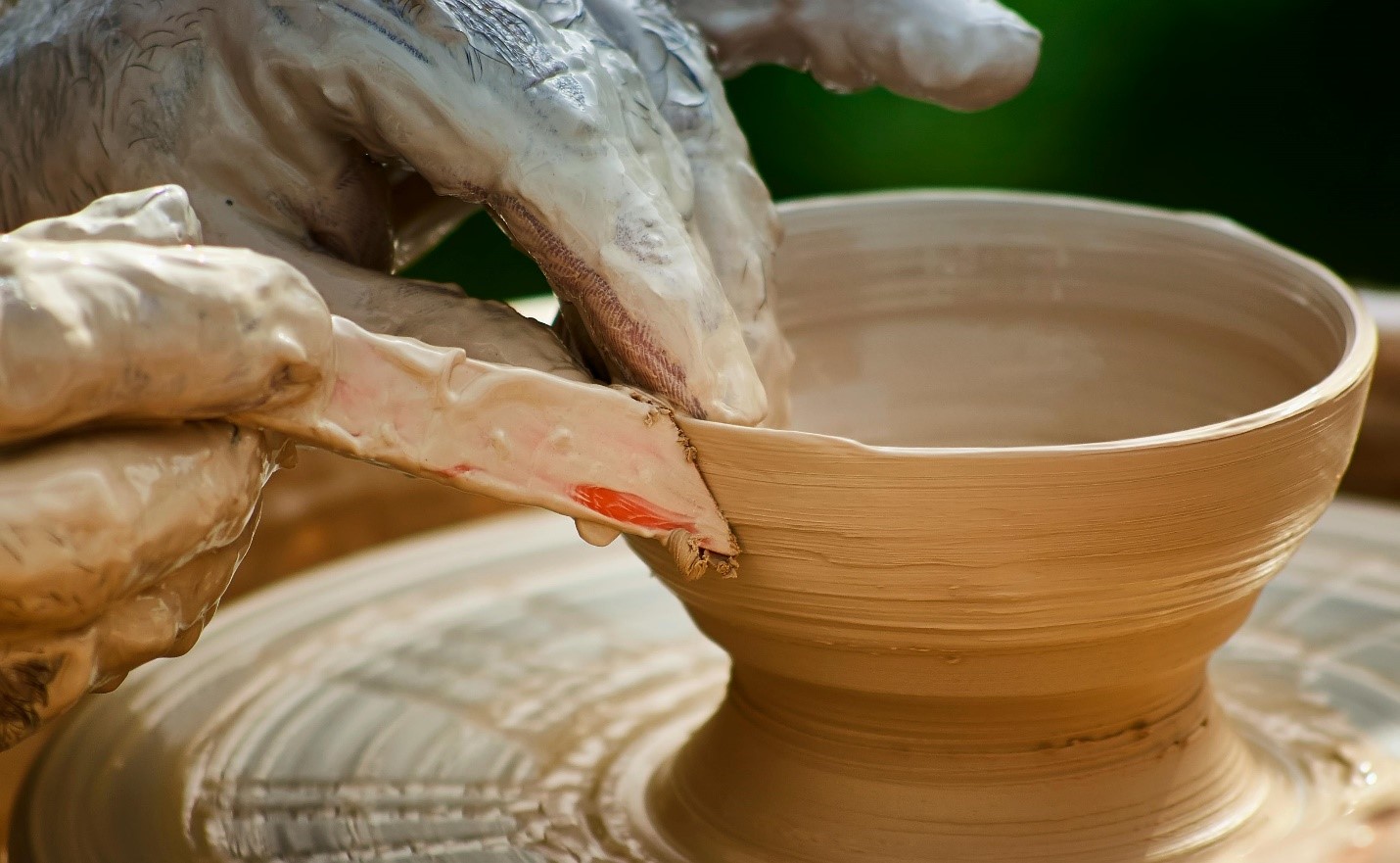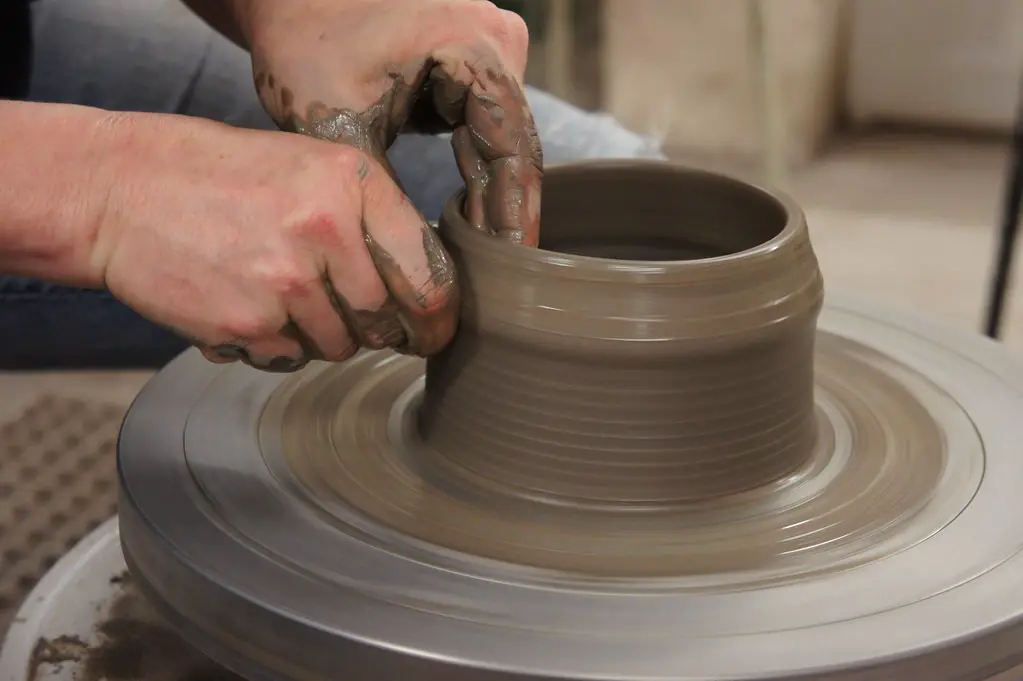Something has caused an uproar in the pottery community lately. There have been diverse questions regarding pottery or ceramic and its compatibility with hot water. A few ceramic or glass items are safe for stovetop cooking and boiling water, although some will be usable for induction ranges. The issue is mainly the crystal structure of the ceramic or glass and its heat proliferation properties. If the ceramic’s structure does not heat smoothly and fast, some parts of the pot will expand while you place it on a stove or when you boil water.
Rapid temperature changes from one extreme to another can cause a problem with your pottery. Expansion of your ceramic pottery piece is more likely to occur when going from hot temperatures to cold than it is from cold to hot. If you put boiling water in ceramic in the freezer, you will likely not have a problem. Still, if you pour boiling water into a ceramic that just came out of the freezer, there is a high probability that the ceramic will expand and crack (if not shatter).
The phenomenon which causes ceramic pottery to shatter when pour boiling water into it is known as thermal shock. Wikipedia has a very technical article on Thermal shock, probably more than most of you would need to know. Not all ceramic cups or vessels are suitable for holding hot liquids. A typical pottery pan cannot handle the heat of boiling water very well. The reason is that as the pottery heats, its density changes; it expands. As said earlier, pouring boiling water into ceramic will likely shatter it because the hot water first contacts part of the ceramic.
In contrast, other parts of the ceramic remain cool. The disparity in the temperature of the ceramic makes it expand and break. The ceramic pottery piece does not expand as a whole, but it is being pulled in different directions as part of it expands, and part remains constant due to the partial heat; this difference produces the shattering.
| Types of Clay | Ability to Hold Boiling Water |
| Earthenware | The clay body starts to shrink once filled with boiling water |
| Mid-Fire Stoneware Clay | It can hold boiling water without shrinking. |
| High-Fire Stoneware Clay | It can hold boiling water without shrinking. |
How Does Boiling Water Change Pottery?
Here’s the detailed science behind how boiling water reacts with pottery when poured into it.
1. Vitrification and Maturity
The maturity of a clay body is the balance between the vitrification of the body to bring about hardness and durability. Vitrification is a gradual process during which the pottery/clay materials that melt most easily melt. The clay body of a piece melts/shrinks and fills in the spaces between the more refractory particles. The melted materials promote further melting, compacting, and strengthening of the clay body. During the vitrification, mullite, otherwise called aluminum silicate, is formed. These are best characterized as long crystals that look like needles but ones that also hold the body of the clay together. If boiling water is evenly matched on the body of the clay, it can play a good part in strengthening it. The same technique can also be applied with glazes, but note that if the glaze expansion ratio is lower than the clay body, there are chances of cracks during the firing.
2. Atmospheric Drying
A pottery piece is bone dry when placed into the kiln; always make sure of this fact beforehand. However, there is still water trapped within the clay particles. As the clay is slowly heated in the kiln, this water evaporates out from the clay. If the clay is heated too quickly, the water will become steam inside the clay body, expanding with an explosive effect on the pot.
When the boiling water is poured into the fired pottery (212 F and 100 C at sea level), a new amount of water is infused into the clay body after all atmospheric water has evaporated. The clay will now compact and also experience minimal expansion. Note that it shall be fired once again if it is to be entirely free of water content.
3. Chemical Drying off
Clay can often be categorized as one alumina molecule and two silica molecules bonded with two water molecules. After the atmospheric water is gone, the clay still contains a percentage of chemically bonded water by weight. The pot will be substantially lighter but with no physical shrinkage.
This chemically combined water’s bond loosens when heated. Overlapping the carbon and sulfur tends to burn off, and the chemically bonded water escapes from the clay between 660 F and 1470 F (350 C and 800 C). The steam inside the pottery can cause an explosion if the water boils fast. These changes call for a proper firing that does not allow room for rapid heat buildup but rather a slower one.
4. Glaze Removal
A few potters and experimentalists have tested glazed pottery by putting it in boiling water. They discovered that the overglaze used on the pottery started peeling off immediately after the ceramic bounced off the water. The change in the glazing structure will cause the pottery to expand in size by a certain percentage while heating or boiling and lose this same percentage as it cools. The effect of the thermal shock is so strong that it can cause even special clays, even clay-like earthenware clay or mid-stoneware clay, to shatter at the hands of commercial potters.
Anyhow, porcelain pottery pieces are stovetop-safe. This is because of baking at high temperatures. The components of the clay body are made to sustain through high temperatures, let alone be baked under them! You can get your porcelain clay by clicking here.
Conclusion
Ceramic pottery has to be of the same temperature throughout its structure; that is to say, it should not be hotter at the bottom nor too cool at the top. It is so that the expansion and contraction is not limited to some areas of the clay. It is certainly not good if you take a ceramic pot out of the ceramic pot out of the freezer and put it in boiling water, which is an invitation to a thermal shock. There are a lot of pottery articles that are not usually heat-conductive. Hence, the heat from the boiling water would not pass well through to the clay body sufficiently.



